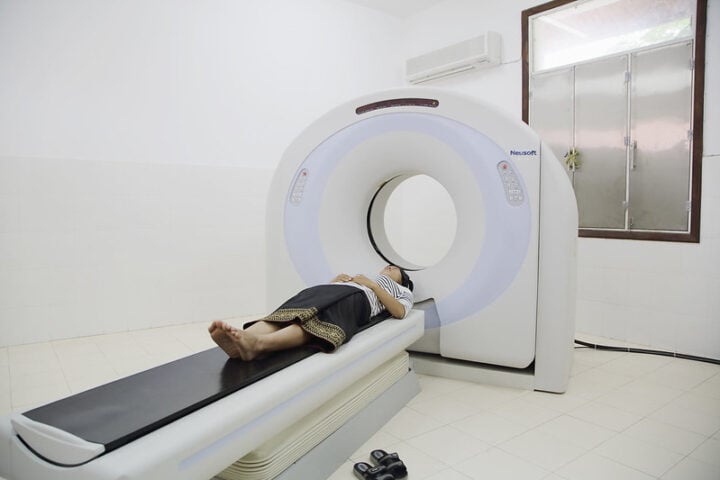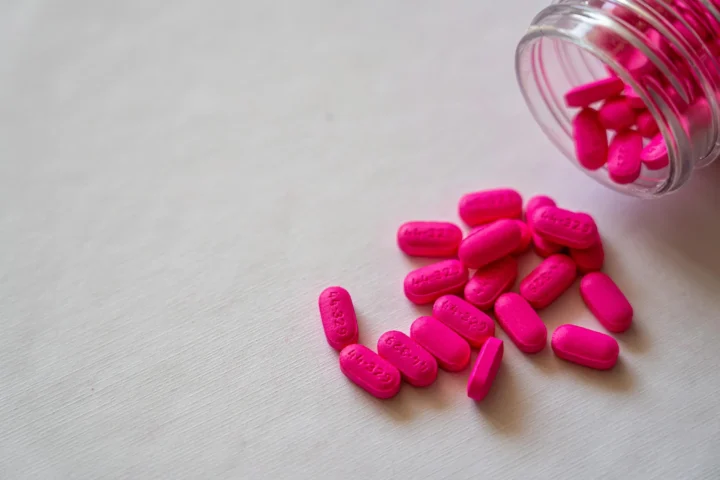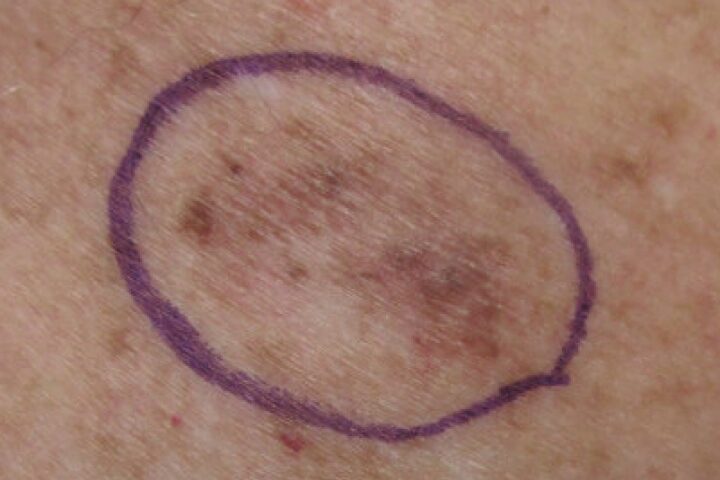Recent research shows that semaglutide (Ozempic®) can help patients with chronic kidney disease (CKD) and obesity, expanding its known benefits beyond diabetes treatment. The study, published in Nature Medicine, demonstrates substantial improvements in key kidney health markers.
Study Details and Key Findings
The international research, led by clinical pharmacologist Hiddo L. Heerspink from the University Medical Center Groningen, involved 101 participants across Canada, Germany, Spain, and the Netherlands. The 24-week trial divided participants into two groups, with half receiving semaglutide injections and half receiving a placebo.
The results were striking:
- 52% reduction in urinary protein levels.
- 30% decrease in kidney inflammation.
- Blood pressure reduction equivalent to standard blood pressure medications.
- 33% improvement in heart failure markers.
- 10% average weight loss among participants.
“The great thing is that the drug has both direct and indirect effects on the kidneys. The drug has direct effects on inflammation parameters in the kidney, and lowers fat tissue around the kidneys, lowering the amount of protein in the urine. And indirectly because it reduces participants’ weight and blood pressure,” explains Dr. Heerspink.
Patient Response and Dietary Changes
The study began in late 2022 when semaglutide’s popularity as a weight loss medication was rising. Despite production shortages limiting general access, the research offered participants a 50% chance of receiving the medication.
Questionnaire responses revealed that participants experienced reduced hunger, leading to lower food intake. While the 24-week study duration was too brief to measure long-term quality of life improvements, the initial results appear promising.
Technical Details and Medical Implications
The research specifically examined patients with:
- eGFR levels of at least 25 mL/min/1.73 m².
- Urine albumin-to-creatinine ratio (UACR) between 30 mg/g and 3,500 mg/g.
- BMI of 27 kg/m² or higher.
- No diabetes diagnosis (HbA1c below 6.5%).
- No cardiovascular disease within three months prior.
Notably, the UACR reduction persisted even after the treatment period ended, suggesting potential lasting benefits.
Similar Posts
Safety Profile and Side Effects
The study reported adverse events consistent with semaglutide’s known safety profile, primarily involving gastrointestinal issues. These occurred more frequently in the treatment group compared to the placebo group.
Future Research Directions
Dr. Heerspink sees potential for expanded research: “All signals are green to test this drug in a large study. I would like to find out whether it can lead to fewer dialyses or kidney transplants. And I would also very much like to investigate whether this drug also works positively in patients with kidney damage without obesity.”
However, the medication’s widespread popularity presents challenges for conducting larger studies due to limited supply.
About Chronic Kidney Disease
CKD affects millions globally, often requiring interventions like:
- Regular dialysis treatments.
- Kidney transplantation.
- Careful management of blood pressure.
- Monitoring of albumin levels.
- Prevention of further kidney damage.
This research suggests a potential new treatment option for CKD patients, particularly those also managing obesity.

















